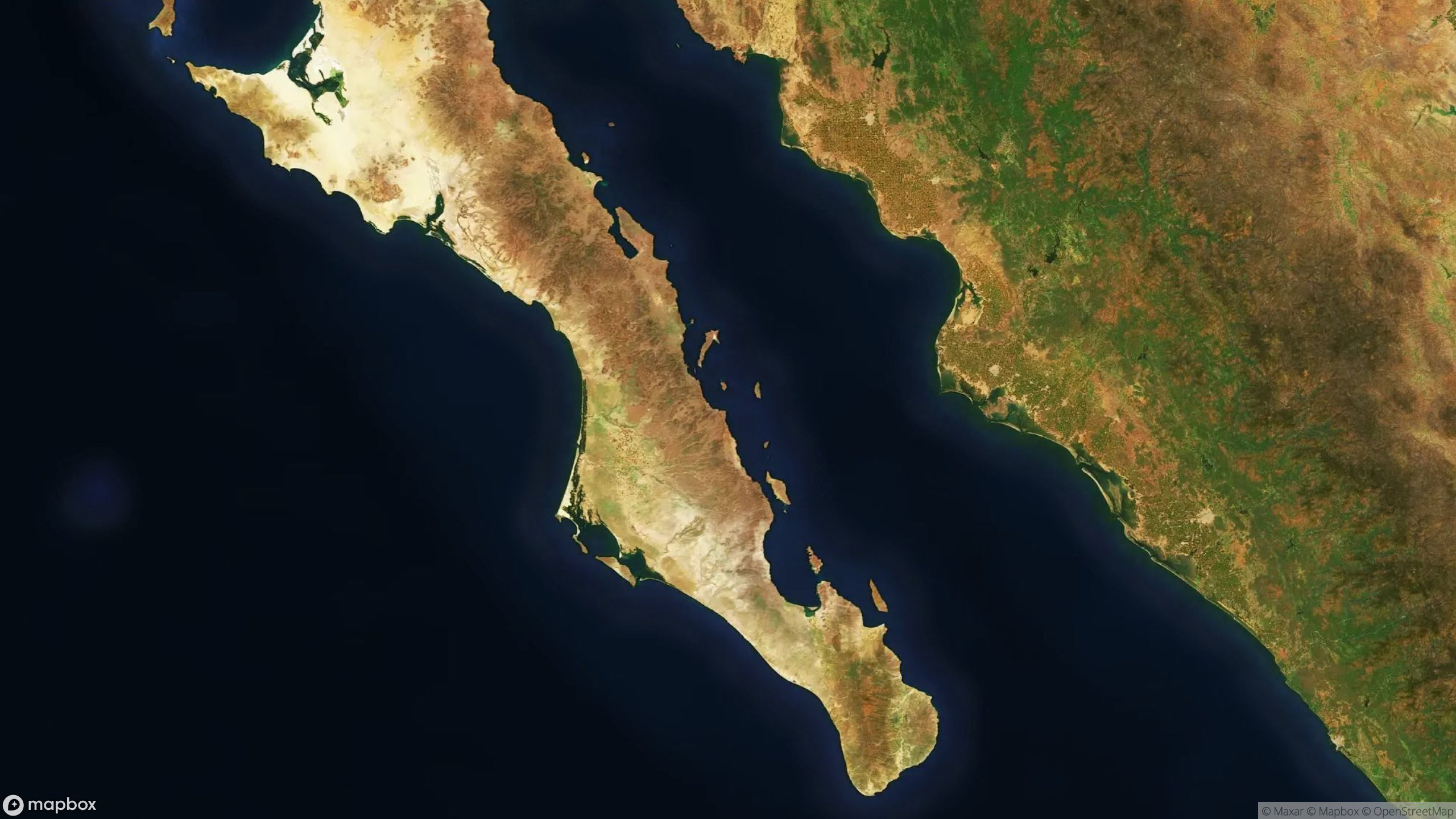
Gulf of California, Sea of Cortez, or Vermilion Sea?
In 1539, Spanish explorer Francisco de Ulloa effectively proved that Baja California was a peninsula rather than an island. He named the inside gulf, Mar Bermejo, which in English becomes Vermilion Sea. So named after the color Vermilion, which is a reddish pigment derived from powdered cinnabar. This is the mineral from which mercury is extracted. It is red and it is toxic. When exploring the inside sea Francisco encountered a heavy saturation of red plankton, which is also toxic. Hence, the original European name for the Sea of Cortez.
The Gulf of California, known as the Sea of Cortez outside the US and Canada, has a coastline of approximately of 2,500 miles, or about 4,000 kilometers. Rivers that flow into the sea include the Colorado, Fuerte, Mayo, Sinaloa, Sonora, and the Yaqui. The surface of the gulf is about 62,000 square miles or 160,000 square kilometers. Maximum depths exceed 10,000 feet or about two miles, due primarily to the complex geology linked to plate tectonics. The gulf is thought to be one of the most diverse seas on the plane. It is home to 22 species of dolphin, 9 species of whale, 5 species of turtle, and 39.6% of the world’s fish species. Parts of the inland sea are a UNESCO World Heritage Site.
The gulf’s more than 900 islands are important nesting sites for thousands of seabirds, and its waters are primary breeding, feeding, and nursing grounds for numerous migratory and resident fish species.
The Sea of Cortez, Gulf of California, or Vermilion Sea includes three faunal regions: the Northern Gulf, the Central Gulf, and the Southern Gulf. One recognized transition zone is termed the Southwestern Baja California Peninsula. Transition zones exist between faunal regions, and they usually vary for each individual species. (Faunal regions are distinguishable based on the specific types of animals found there.)
We are Baja Charters
Follow Us on Social Media